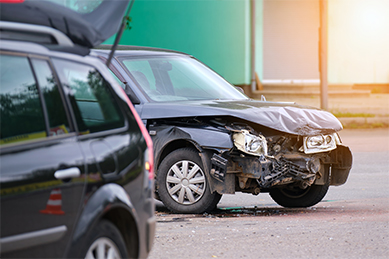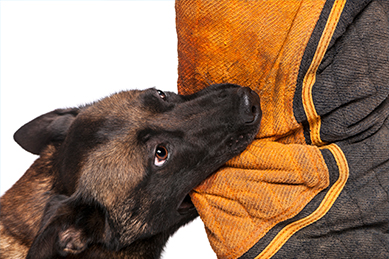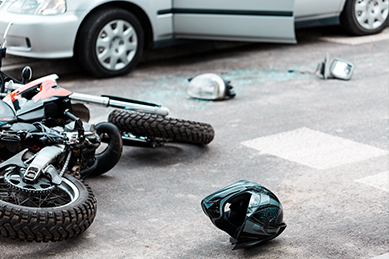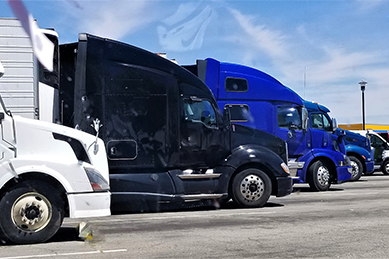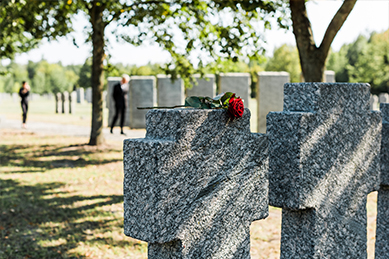In response to the ongoing coronavirus pandemic, experts have advised Americans to avoid non-essential travel as much as possible. But now, as stay-at-home orders and other restrictions ease up ahead of the upcoming summer months, many people are looking to adjust their summer vacation plans. Road trips offer a relatively safe way to travel. However, driving long distances always comes with a certain degree of risk. It’s important that you know and follow a few key safety tips when you’re out on the road.
Whether you’re planning a family road trip to a nearby state park or you’re traveling solo to visit friends, here are a few things to keep in mind to ensure your own safety and the safety of others.
Make Sure Your Car Is in Top Shape
Before you even head out on the open road, it’s incredibly important that you make sure your car or vehicle is ready for the trip. The last thing you want is to break down in the middle of nowhere or become involved in an accident.
Before leaving on your road trip, make sure you do the following:
- Check the air pressure in all four tires. If needed, add air to tires with low pressure and replace tires that are worn down, bald, cracked, or damaged.
- Check your car’s oil levels and, if necessary, have the oil changed. If you’re not sure when you last had the oil changed in your vehicle, it’s better to play it safe.
- Take a look at your car’s wiper blades and wiper fluid levels. Replace old blades and add fluid if needed.
- Make sure your car’s brakes/brake pads are in working order. Have squeaky or “sticky” brakes checked and/or replaced.
If there is anything wrong with your car whatsoever—the “check engine” light is on, the air conditioner isn’t really working, etc.—have it checked over by a professional. Now is not the time to skimp on vehicle maintenance!
Bring the Right Tools
Before you leave, it’s also important to make sure you pack the right tools. In addition to having paper maps (because you never know when you won’t be able to get a cell phone/GPS signal), make sure you have a few key auto tools in case of emergencies. At minimum, keep a tire pressure checker, spare tire, and jack in your car. Make sure your spare tire is in good shape and brush up on how to change a tire if it’s been a while or if you’ve never changed one before. It’s also a good idea to consider getting (or renewing) an auto roadside assistance membership, such as AAA or OnStar, before you leave for your road trip.
You should also keep a fully stocked first-aid kit, working flashlight, gloves, towels, jumper cables, reflective triangles, poncho, and spare gas can in your car in case of any emergencies.
Buckle Up
It may seem obvious, but wearing your seatbelt is the most important thing you can do on any driving trip. It can be tempting to travel without one on long drives; you may want to lie down in the backseat to nap while someone else drives or you may be tempted to unbuckle in order to reach a snack or a book. However, an accident can happen in the blink of an eye, and not wearing a seatbelt is one of the leading causes of serious injuries and deaths in traffic accidents. Any time you are on the road, make sure you buckle up. Additionally, you should never let others in the car, including children, travel without a seatbelt. If you have young children traveling with you, make sure you know and follow all child car seat/booster laws.
Don’t Drive Tired
By nature, road trips are all about long hours in the car, traveling over considerable distances. However, it’s important to always make sure you are alert enough to drive. Believe it or not, drowsy driving can be just as dangerous as drunk driving—some studies have shown that driving after being awake for 18 hours or more is the same as driving with a blood alcohol concentration (BAC) of 0.05%, which is almost as much as the legal limit in most states. After 24 hours awake, it’s as if you were driving with a BAC of 0.1%—2% higher than the legal limit in nearly every state.
While there is no hard and fast rule for how long it’s safe to drive, never drive when you feel sleepy. If you’re yawning or feel your eyelids begin to droop, it’s time to get some rest. Don’t make the mistake of thinking caffeine is a substitute for sleep, either. While it can temporarily lower the effects of sleepiness, drinking a cup of coffee is not the same as resting.
It’s also important to remember that lack of sleep isn’t the only cause of fatigued driving. Certain medications can cause drowsiness. Make sure you know any and all potential side effects of any medications you take.
If you do feel yourself getting sleepy while driving, trade driving with another person (if possible). If you can’t switch drivers, roll down the window, talk to passengers, or sing along to the radio until you are able to safely pull off the road and find a place to sleep. If you are traveling alone, try to plan plenty of stops and avoid driving for more than 6 hours at a time.
Avoid Dangerous & Drunk Drivers
Of course, many accidents are caused by someone else’s negligent or unlawful actions. Even when you are doing everything you can to be safe—wearing your seatbelt, avoiding distractions, following the law, etc.—you can’t force other motorists to do the same. The best thing you can do when you see another driver acting in an unsafe manner is to keep your distance.
Signs of a drunk or dangerous driver can include:
- Drifting over lanes of traffic
- Making sudden, sharp stops
- Swerving or overcorrecting
- Stopping too soon or too late
- Failing to use turn signals
- Speeding
- Very low speeds
- Tailgating
- Excessive honking
- Aggressive maneuvers
Never engage in road rage, even when an aggressive or careless driver is annoying you. Simply move aside once it is safe to do so or safely pass the other person and put distance between yourself and them.
Just Say No to Driving Distractions
It can be very easy to become distracted while driving on a long trip. You might be looking at your GPS device or a map to see where to go, snacking, talking to passengers, or daydreaming—but all of these behaviors can be incredibly dangerous. Whenever you’re driving, but especially on long road trips when you are more prone to boredom and fatigue, make sure you are able to devote 100% of your attention to the road. If you really need to look at your cell phone or get your child a snack from the back seat, safely pull off the highway or to the side of the road. Make sure you never pull over where it is unsafe or illegal to do so. Remember: It is never worth it to drive distracted, even if you think you are being safe. Not only are you jeopardizing your own safety and the safety of your passengers, but you are also putting everyone else on the road at risk when you drive while distracted.
What to Do If You Are Involved in an Accident
If you are involved in a motor vehicle accident while on a road trip or while traveling, make sure you get medical attention for your injuries right away. Write down the contact information of the other driver (if possible) and take pictures of the crash, your vehicle, and your injuries. Notify your insurance company or the rental company (if applicable), but avoid speaking to the other person’s insurance company before first discussing your options with an experienced car accident attorney.
If you were injured in an auto accident in Orlando or the nearby areas, reach out to Todd Miner Law®️ to learn how we can help. With over 31 years of experience, we are here to answer any questions you may have and help you seek the fair compensation you deserve.
Contact us today to request a free consultation.



